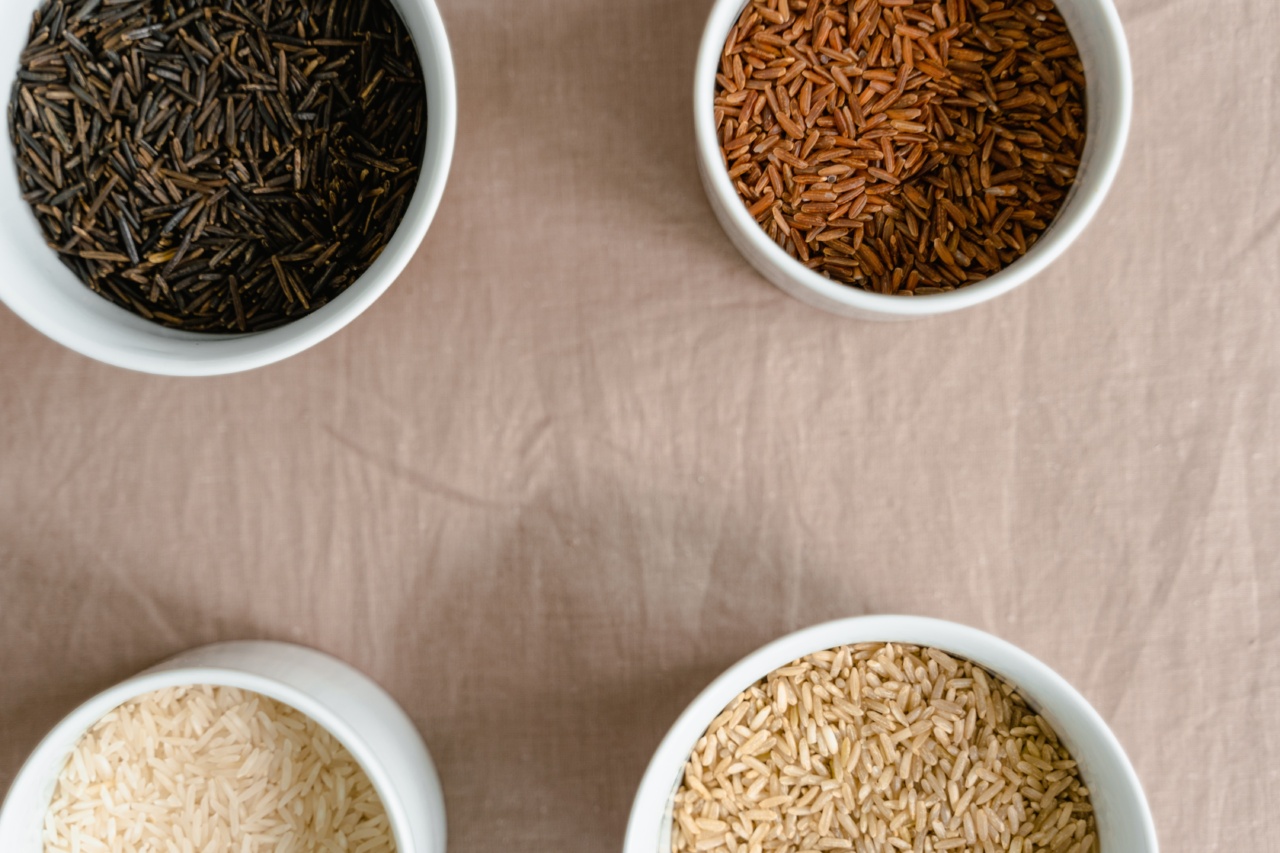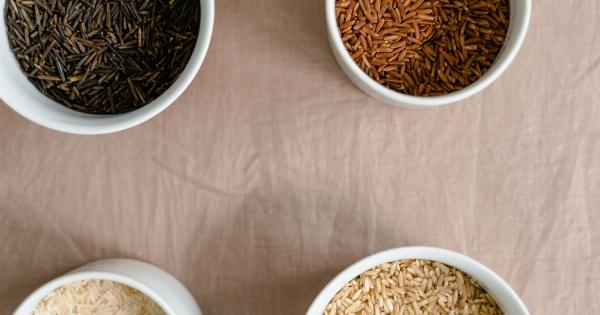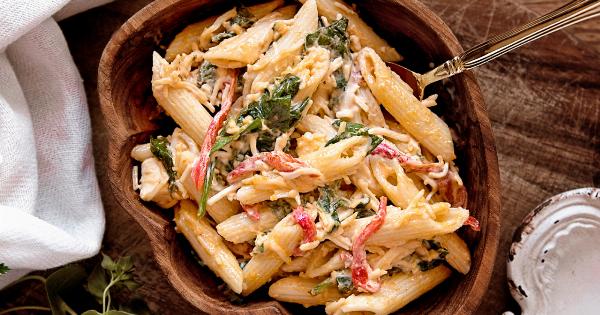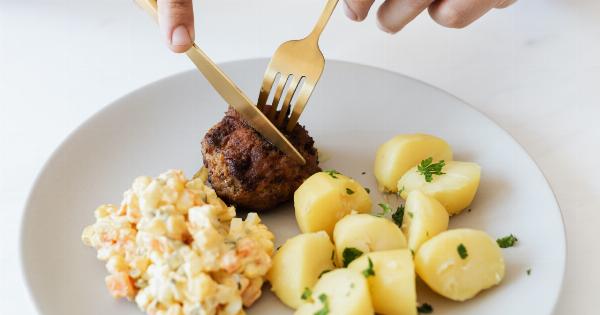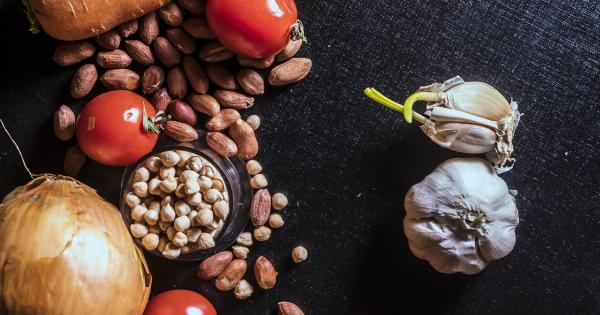When it comes to choosing between white rice and brown rice, many people are left wondering which one is healthier and which one they should be including in their diet.
Rice is a staple food in many cultures and is an essential part of many cuisines around the world. Both white rice and brown rice have their own set of benefits and drawbacks, and choosing between them can be a challenge. Here is a detailed comparison of white rice vs. brown rice, helping you make an informed decision.
What is White Rice?
White rice is the most popular type of rice that is consumed worldwide. It is a polished and refined grain that has had its bran and germ removed, along with most of its nutritional value. It has a softer texture and cooks quickly than brown rice.
White rice is mainly used in sushi, risotto, and many Asian dishes.
What is Brown Rice?
Brown rice is the whole grain that consists of the bran, germ, and endosperm. It is a minimally processed grain that has not been refined. Brown rice has a chewier texture and a nuttier flavor than white rice.
It takes longer to cook than white rice and needs more water due to its outer layer of bran. Brown rice is commonly used in salads, curries, and many other dishes.
Nutritional Differences between White Rice and Brown Rice
Brown rice contains more nutrients than white rice because it retains its outer layers of bran and germ. Here are the nutritional differences between white rice and brown rice:.
Fiber Content
Brown rice is a good source of dietary fiber as it contains around 1.8 grams of fiber per 100 grams serving. In contrast, white rice only contains about 0.3 grams of fiber per 100 grams serving.
Fiber is beneficial for digestion and can help alleviate digestive issues like bloating and constipation.
Vitamins and Minerals
Brown rice is rich in many essential vitamins and minerals, including thiamin, niacin, vitamin B6, iron, magnesium, and phosphorus. In contrast, white rice contains a much lower quantity of these nutrients due to its refining process.
To make up for the loss of nutrients, some brands enrich their white rice with vitamins and minerals, but it is still not as nutritionally dense as brown rice.
Glycemic Index
The glycemic index (GI) is a measure of how quickly a carbohydrate-containing food raises blood sugar levels. Brown rice has a lower glycemic index than white rice because it is a complex carbohydrate that is slowly digested and absorbed by the body.
White rice, on the other hand, has a higher glycemic index due to its simple carbohydrate structure. Foods with higher glycemic indexes can cause blood sugar levels to spike rapidly, leading to insulin resistance and increased risk of type 2 diabetes.
Calorie Content
Both white rice and brown rice contain roughly the same amount of calories, but brown rice may have a slight edge. A 100-gram serving of brown rice has approximately 111 calories, whereas a similar serving of white rice has 130 calories.
The Verdict: Which one is Better?
Based on the nutritional value and health benefits, brown rice is a better choice than white rice. Brown rice is a whole grain that retains its outer layers of bran and germ, leading to its high fiber content and nutritional density.
Brown rice has a lower glycemic index, making it a healthier choice for people with diabetes or those seeking to maintain stable blood sugar levels. However, white rice has its place in the kitchen, too. It cooks quickly and is a good option for those who need to add bulk to their diet or recover from an illness.
The Bottom Line
If you’re looking for a healthier option, opt for brown rice. However, if you’re still not sure which one to choose, it’s best to consult a nutritionist or dietitian to understand your dietary needs.
Finally, remember that rice alone doesn’t constitute a balanced diet. Including a variety of whole grains, vegetables, fruits, and lean protein is essential for overall well-being.
